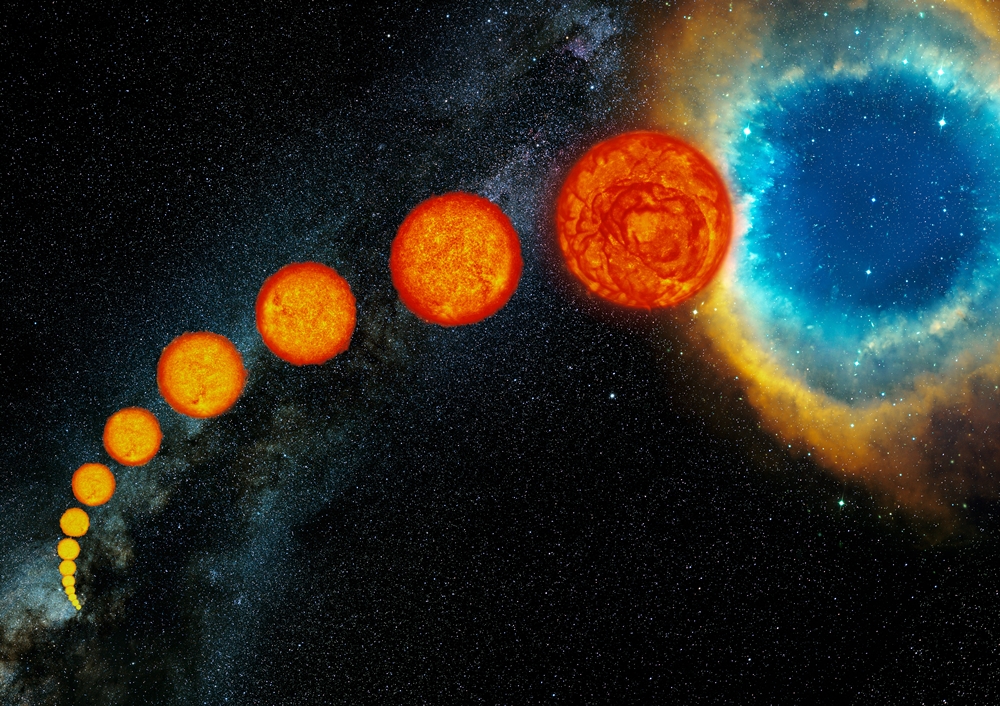Aperture
One of the essential features of a telescope is its aperture. Depending on the type of telescope, the aperture can be either a lens or a mirror.
- For a refractor, the aperture is the diameter of the objective lens.
- For a reflector and a catadioptric telescope, it is the diameter of the primary mirror.


The size of the aperture is very important. The bigger it is, the more light the telescope can gather, meaning that we will see a brighter and sharper image with more details. For the professional use of the telescope and observing “deep-sky” objects, the aperture diameter must be at least 250 mm.
The aperture size is also important for other features like limiting magnitude of the telescope, field of view, focal ratio.
The bad side of the big aperture is that the telescope is much more massive and harder to move. There is also the matter of price to consider. With the increasing size of the aperture, the costs also increase.
Focal length
The focal length is a vital feature of a telescope. It is the distance between the telescope’s main optics (aperture) and the point where the image is created (focal point).
*Focal point

It is a point in the telescope where all light rays meet after passing through a light-gathering lens or bouncing off the primary mirror. If the glass/mirror is well made, all the rays gather in the same focal point.
- Telescopes with a shorter focal length are a better choice for a wide field of view observations, but the celestial objects in the field appear to be small.
- Telescopes with longer focal lengths have a narrower field of view. They are more suitable for observing smaller areas of the sky – observing planets and their surface.
The focal length value is, therefore, essential because of the field of view. A small focal length provides a wide field of view, while longer focal length delivers a narrower field of view.
*Folded optical path
With a reflector and catadioptric telescopes, the optical path is folded back and forth internally. Because of the folded optical system, the light path is much longer than the actual size of the system. A folded optical system reduces the mass of the telescope, making them lighter and much easier to produce.
Focal ratio
The focal ratio is the focal length divided by the telescope’s aperture – it is usually written as f/number.

- Telescopes with longer f/ratios usually provide more magnification with any given eyepiece but have a narrower field of view.
- Telescopes with shorter f/ratios (using the same eyepiece) have a wide field of view and less magnification.
It is typical for telescopes with shorter f/ratios to have problems with distortion – especially with chromatic aberration on the edge of the field of view and coma. The user must be very careful when working with short f/ratio telescopes. Some eyepieces don’t work well these telescopes – many eyepieces add their distortion.



